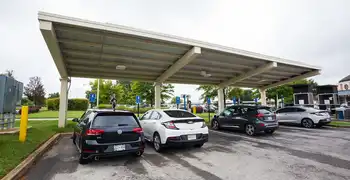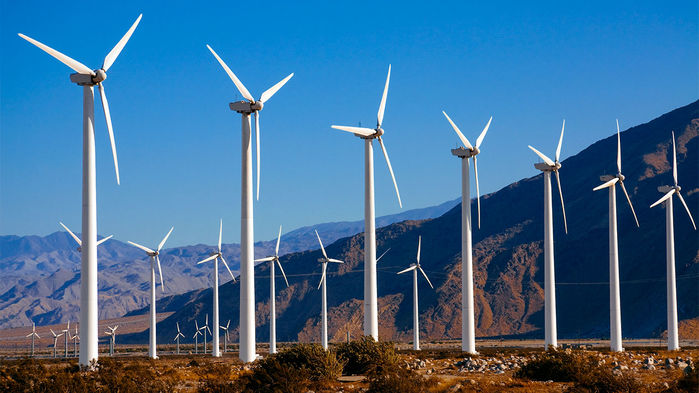Ontario Launches Hydrogen Innovation Fund

NFPA 70e Training - Arc Flash
Our customized live online or in‑person group training can be delivered to your staff at your location.

- Live Online
- 6 hours Instructor-led
- Group Training Available
Ontario Hydrogen Innovation Fund accelerates clean electricity integration, hydrogen storage, grid balancing, and electrolyzer pilot projects, supporting EV production, green steelmaking, and clean manufacturing under Ontario's Low-Carbon Hydrogen Strategy via IESO-administered funding.
Key Points
A $15M program funding hydrogen storage, grid pilots to integrate low-carbon hydrogen into Ontario's power system.
✅ Administered by IESO; applications opened April 2023.
✅ Supports existing, new, and research hydrogen projects.
✅ Backs grid storage, capacity, demand management pilots.
The Ontario government is establishing a Hydrogen Innovation Fund that will invest $15 million over the next three years to kickstart and develop opportunities for hydrogen to be integrated into Ontario’s clean electricity system, including hydrogen electricity storage. This launch marks another milestone in the implementation of the province’s Low-Carbon Hydrogen Strategy, supporting a growing hydrogen economy across the province, positioning Ontario as a clean manufacturing hub.
“When energy is reliable, affordable and clean our whole province wins,” said Todd Smith, Minister of Energy. “The Hydrogen Innovation Fund will help to lay the groundwork for hydrogen to contribute to our diverse energy supply, supporting game-changing investments in electric vehicle production and charging infrastructure across the province, green steelmaking and clean manufacturing that will create good paying jobs, grow our economy and reduce emissions.”
Hydrogen Innovation Fund projects would support electricity supply, capacity, battery storage and demand management, and support growth in Ontario’s hydrogen economy. The Fund will support projects across three streams:
Existing facilities already built or operational and ready to evaluate how hydrogen can support Ontario’s clean grid amid an energy storage crunch in Ontario.
New hydrogen facilities not yet constructed but could be in-service by a specified date to demonstrate how hydrogen can support Ontario’s clean grid.
Research studies investigating the feasibility of novel applications of hydrogen or support future hydrogen project decision making.
The Hydrogen Innovation Fund will be administered by the Independent Electricity System Operator, which is opening applications for the fund in April 2023. Natural Resources Canada modelling shows that hydrogen could make up about 30 per cent of the country's fuels and feedstock by 2050, as provinces advance initiatives like a British Columbia hydrogen project demonstrating scale and ambition, and create 100,000 jobs in Ontario. By making investments early to explore applications for hydrogen in our clean electricity sector we are paving the way for the growth of our own hydrogen economy.
“As a fuel that can be produced and used with little to no greenhouse gas emissions, hydrogen has tremendous potential to help us meet our long-term economic and environmental goals,” said David Piccini, Minister of the Environment, Conservation and Parks. “Our government will continue to support innovation and investment in clean technologies that will position Ontario as the clean manufacturing and transportation hub of the future while leading Canada in greenhouse gas emission reductions.”
The province is also advancing work to develop the Niagara Hydrogen Centre, led by Atura Power, which would increase the amount of low-carbon hydrogen produced in Ontario by eight-fold. This innovative project would help balance the electricity grid while using previously unutilized water at the Sir Adam Beck generating station to produce electricity for a hydrogen electrolyzer, reflecting broader electrolyzer investment trends in Canada. To support the implementation of the project, the IESO entered into a contract for grid regulation services at the Sir Adam Beck station starting in 2024, which will support low-carbon hydrogen production at the Niagara Hydrogen Centre.
These investments build on Ontario’s clean energy advantage, which also includes the largest battery storage project planned in southwestern Ontario, as our government makes progress on the Low-Carbon Hydrogen Strategy that laid out eight concrete actions to make Ontario a leader in the latest frontier of energy innovation – the hydrogen economy.











